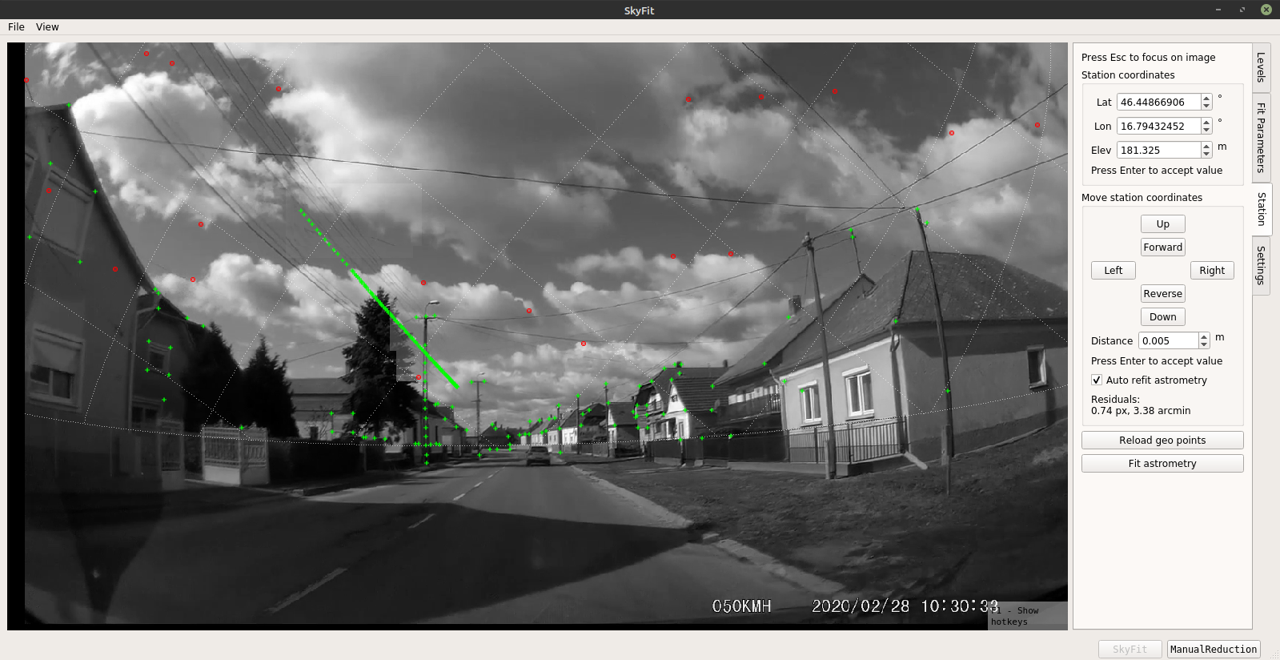Brilliant dashcam fireball videos help scientists find 3 meteorites in Slovenia
By diligently tracing dashcam footage from a particularly spectacular fireball seen over central Europe in February 2020, a team of scientists identified the possible source of the space rock.
The fireball, which appeared on Feb. 28 and 10:30 a.m. local time, was recorded by a handful of cameras spread across Slovenia, Croatia, Italy, Austria and Hungary. And the footage appeared to show a space rock breaking into 17 smaller pieces during an airburst event, when an asteroid survives the harsh passage through Earth's atmosphere but explodes before hitting the planets' surface.
Local residents found three pieces near the Slovenian city of Novo Mesto, weighing a total of 1.6 lbs. (720 grams). (However, the largest fragment seen in the footage — potentially 2 lbs. or 10 kilograms on its own, the researchers say — is not among them.)
Related: How to photograph meteors and meteor showers

In order to better understand the event, a team of scientists decided to piece together the footage to track the space rock's path to Earth. Usually, that would be accomplished by tracing a fireball's path across the stars — but this meteor fell during the day.
So the scientists recruited local residents to photograph the same landmarks that appear in the videos. Combining the fireball footage, the sky images and footage of a known light source filmed by one of the same types of cameras used on the fireball, the researchers were able to piece together a path for the space rock.
The path suggests that the meteor may hail from a near-Earth asteroid, although the scientists aren't sure.
Get the Space.com Newsletter
Breaking space news, the latest updates on rocket launches, skywatching events and more!
Although the scientists were able to improvise ways to use the observations they had for the fireball, they'd prefer future meteors in the area do them the courtesy of arriving overnight, since central Europe is chock full of overnight cameras.
"The fireball's path is in a volume of the world's sky among the most densely observed by specialist night-operating cameras," Denis Vida, a planetary scientist at Western University in Toronto, Canada, said in a statement released by the Europlanet Society, at whose annual conference he presented the research on Tuesday (Sept. 21). "Its path would have been caught by at least 20 if it happened just a few hours earlier."
Email Meghan Bartels at mbartels@space.com or follow her on Twitter @meghanbartels. Follow us on Twitter @Spacedotcom and on Facebook.
Join our Space Forums to keep talking space on the latest missions, night sky and more! And if you have a news tip, correction or comment, let us know at: community@space.com.

Meghan is a senior writer at Space.com and has more than five years' experience as a science journalist based in New York City. She joined Space.com in July 2018, with previous writing published in outlets including Newsweek and Audubon. Meghan earned an MA in science journalism from New York University and a BA in classics from Georgetown University, and in her free time she enjoys reading and visiting museums. Follow her on Twitter at @meghanbartels.









